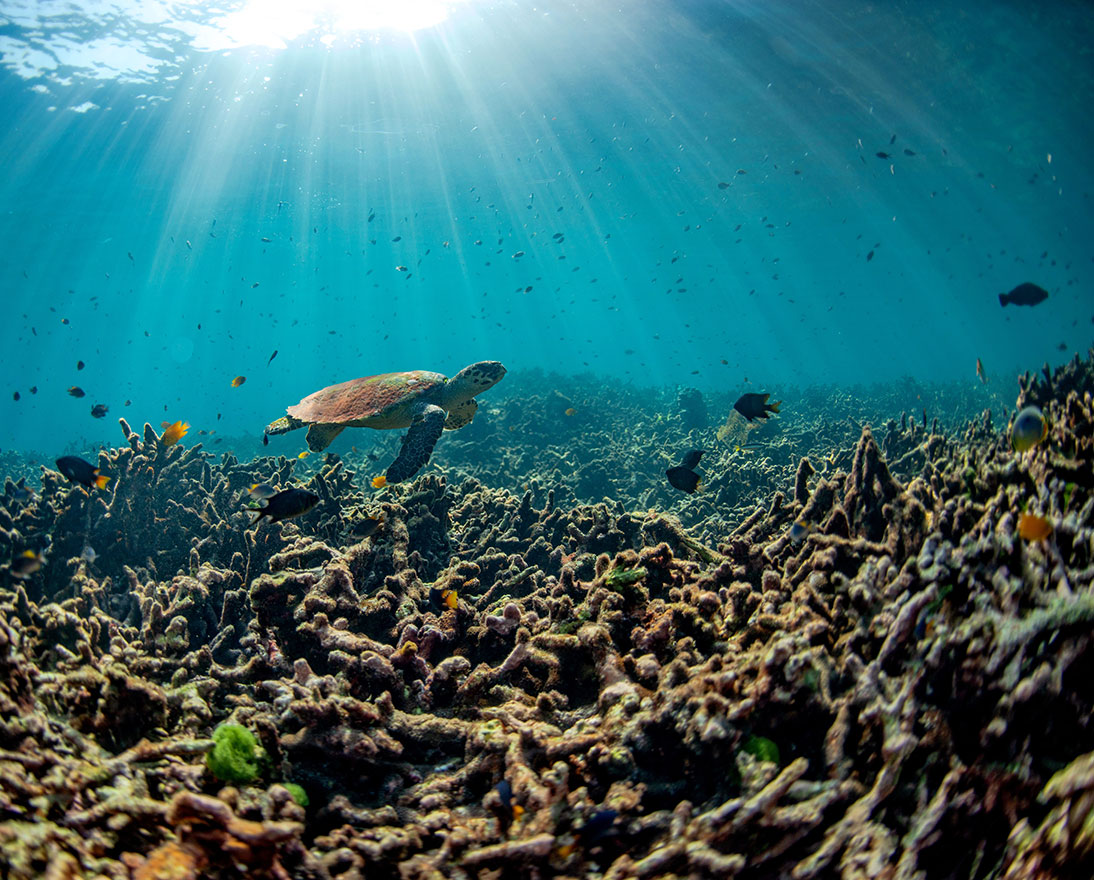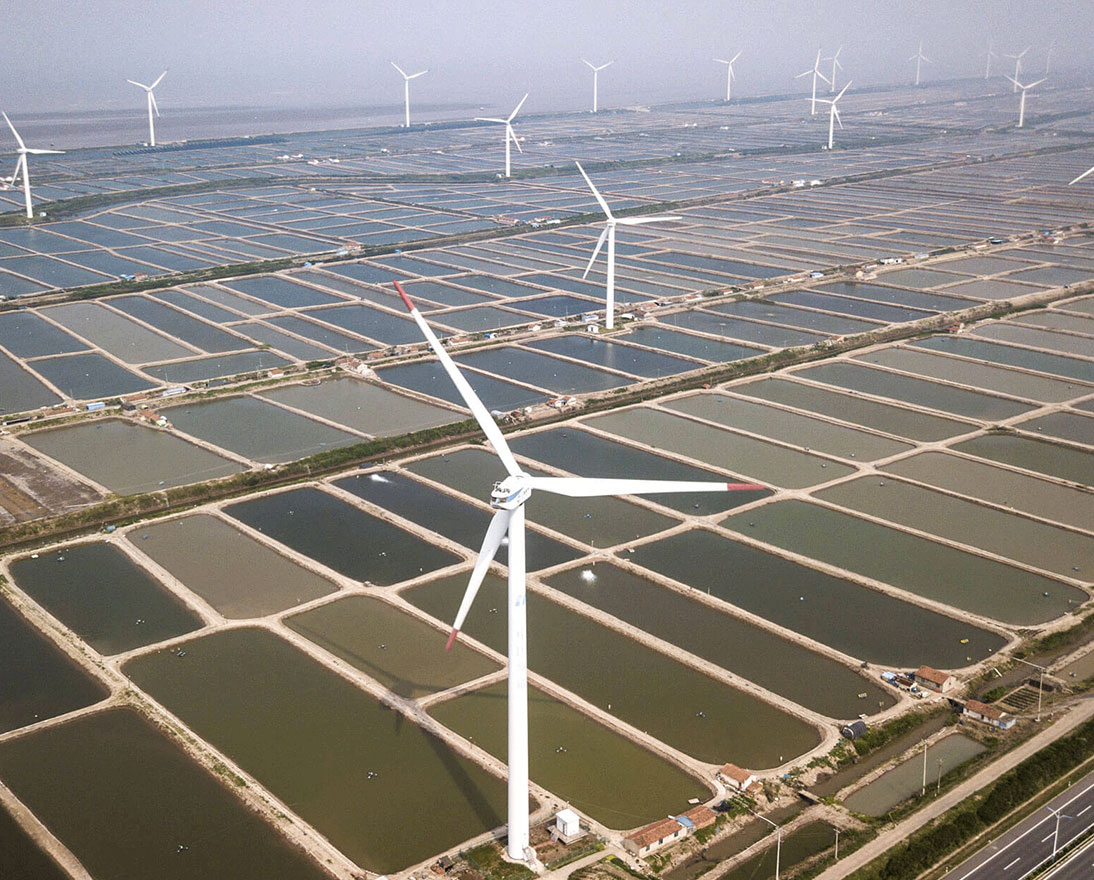The biodiversity business
Climate resilienceArticleMarch 3, 202010 min read
Biodiversity loss is more than a niche concern – its impact stretches across the business spectrum.
Wildfires, flooding and extreme weather events have propelled environmental concerns into the mainstream. Yet there is one aspect of the environment which receives less attention, mostly because it is less immediately visible: biodiversity loss.
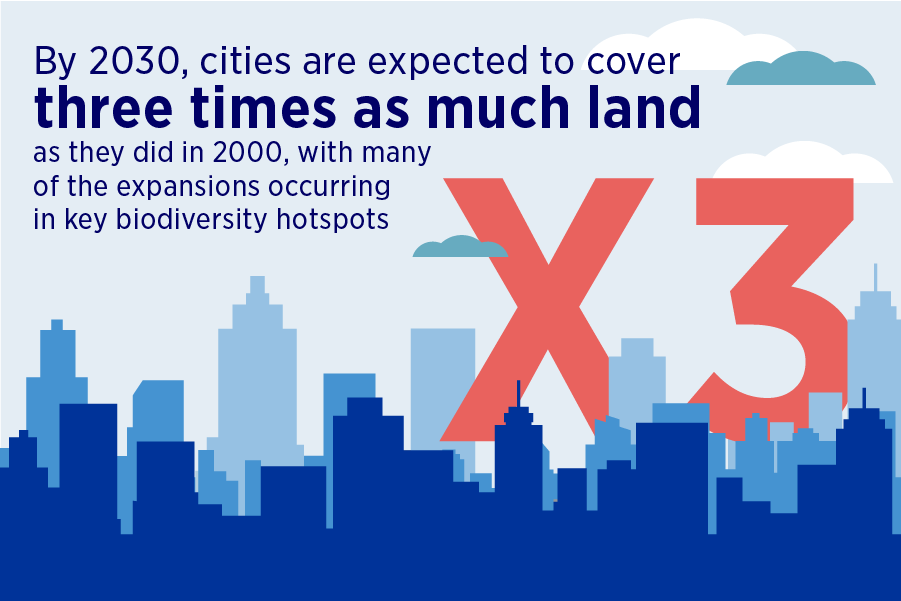
The situation is urgent. We are sitting on the cusp of a sixth mass extinction, with biodiversity – the diversity within species, between species, and within ecosystems – declining faster than at any other time in human history. The current rate of extinction is tens to hundreds of times higher than the average over the past 10 million years – and it is accelerating.
Although the world’s 7.6 billion people represent just 0.01% of all living creatures, we humans have a poor record when it comes to protecting the biodiversity of the planet: humanity has already caused the loss of 83% of all wild mammals and half of plants.
Destabilizing tipping points in nature could exacerbate the social and economic consequences of climate risk. At the same time, understanding nature’s benefits could help societies leverage opportunities to stem the planetary emergency.
This means businesses across the board need to recognize the problem and identify where they can take action. Yet as things stand, valuing of biodiversity impacts by businesses and financial organizations remains worryingly limited. This is an error with far-reaching implications. One attempt to put a monetary value on goods and services provided by ecosystems estimates the worth of biodiversity at US$33 trillion per year – close to the GDP of the United States and China combined.
Here, with assistance from John Scott, Head of Sustainability Risk at Zurich, we look at the wide range of sectors confronted by the ticking clock of biodiversity loss.
Medicine
Plants and animals are essential for human health. More than 60% of the global population rely almost entirely on plant-based medicine for primary health care. Many antibiotics are derived from tropical soil fungi, while the species currently endangered by biodiversity loss include the South American cinchona tree, the source of the malaria drug quinine.
This is to say nothing of the potential future cures which are being lost for ever through biodiversity loss. The Mexican axolotl, for example, a creature which has the unique ability to regenerate severed limbs, is helping to unlock instructive medical insights for human medicine in the fields of tissue repair and development as well as cancer treatments.
Imagine if a treatment for coronavirus could be found from a species that is just about to disappear from earth?
In many cases, natural molecules for medical treatments are so complex that scientists are not yet able to chemically synthesize them, so they must harvest and store plants and seeds. Roughly half of modern drugs were developed from natural products. So ensuring that natural resources are not over-exploited by companies’ ingredient sourcing is vital to protect biodiversity and therefore future supplies.
“Deforestation and agriculture are both culpable of removing habitats for species,”says John Scott, Zurich’s Head of Sustainability Risk.
“Agriculture and commercial forestry, in striving for greater productivity and specialized produce, reduce the variants of crops and plant monocultures. So they create the very problem which threatens their future success.”
Food
Biodiversity underpins the world’s food system, creating and maintaining healthy soils, pollinating plants, purifying water and protecting against extreme weather events, among other vital services. Biodiversity loss is undermining the resilience of agricultural systems against pests, pathogens and climate change. The declining diversity of fish species is correlated with lower catches. Three quarters of the world’s marine fish stocks monitored are now fully exploited, overexploited or depleted.
Meanwhile the massive die-off of pollinating species across Europe and North America threatens between £235 and £577 billion worth of annual global food production. These declines in pollinator populations threaten the agricultural commodities that depend on them.
There are also implications for soil health degradation due to low levels of biodiversity within the soil and low soil organic matter, which leads to lower yields, increased erosion and greater need for fertilizers.
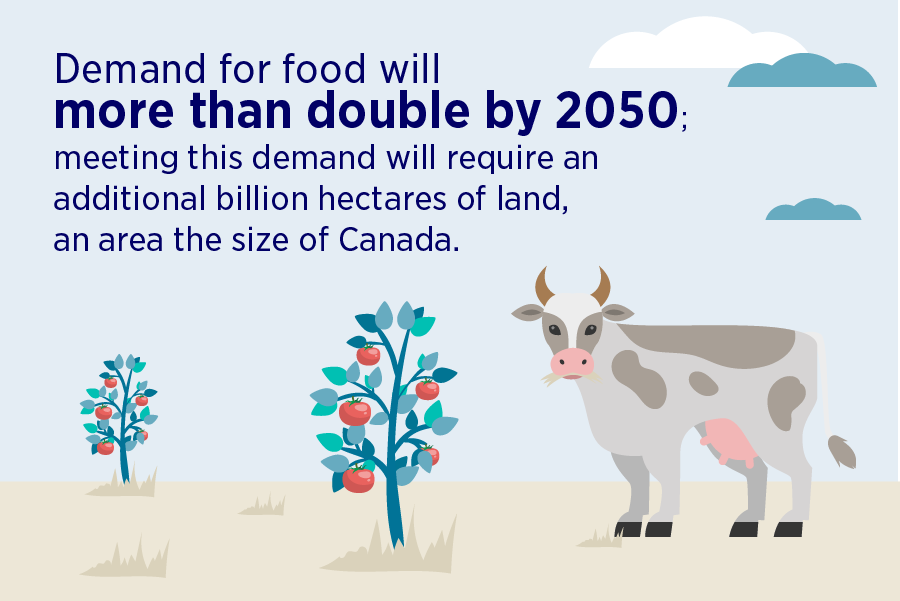
Timber, pulp and paper
For this sector, as with the food industry above, the issue of biodiversity loss has two cutting edges. First of all, both sectors depend heavily on the biodiversity of forestry: forest products account for $247 billion in global trade exports.
On the other side of the coin, both the food and timber sectors are significant contributors to biodiversity loss. They are the authors – or at the least co-authors – of their own problem. “Deforestation and agriculture are both culpable of removing habitats for species,” says Zurich’s John Scott. “Agriculture and commercial forestry, in striving for greater productivity and specialized produce, reduce the variants of crops and plant monocultures. So they create the very problem which threatens their future success.”
Further issues can arise when an animal, insect or nematode is introduced to combat an issue then inadvertently becomes dominant. The hugely invasive cane toad, introduced to Australia to control the native grey-backed cane beetle, is a prominent example of how such practices can skew the balance of biodiversity.
Tourism
In Indonesia and Malaysia, orangutan populations are plummeting, as their natural forest habitats are cleared to make way for monocultures of rubber and palm oil. Borneo has lost half its population of orangutans – a huge tourist draw – in just a decade and a half due to hunting and habitat loss. Among the most obvious victims of biodiversity loss are coral reefs. The worldwide decline in coral cover has serious implications for the biodiversity of reef fish species, which have markedly declined in numbers. Coral reefs generate $36 billion per year for the global tourism industry – but for how much longer?
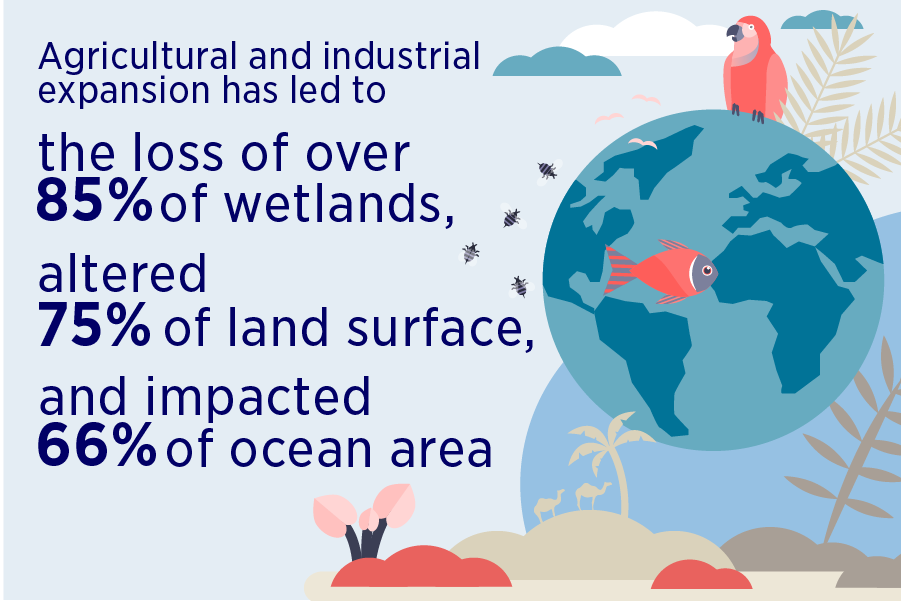
Yet, as John Scott puts it, the direct impact on tourism is only part of the story. “The value of coral reefs is that they act as a nursery of the marine food chain. A lot of the food sources in the marine food chain originate in coral reefs.”
Indeed, while these reefs cover just 0.1% of the ocean floor, they nurture a quarter of the world’s marine species.
Energy
Energy companies are heavily reliant on a unique network of infrastructure which is vulnerable to natural disasters, such as flooding. For example, a public-private partnership was necessary to implement Europe’s largest constructed wetlands for power-plant cooling in Italy because a much bigger scale was required than was the case for previous, similar projects.
Biodiverse environments, such as flood plains and mangroves, are known to be more resilient to natural disasters, directly reducing the risk of damage to essential energy services.
Yet exploration and production of fossil fuels by oil & gas companies have a direct impact on biodiversity at the point of extraction. Even the location of renewable energy projects, like wind farms and hydroelectric dams, can negatively impact biodiversity.
The implications of this for society run far wider than its financial effect on energy companies. Roads, rail lines, power lines, agriculture, cities – any asset along the coastline is at risk.
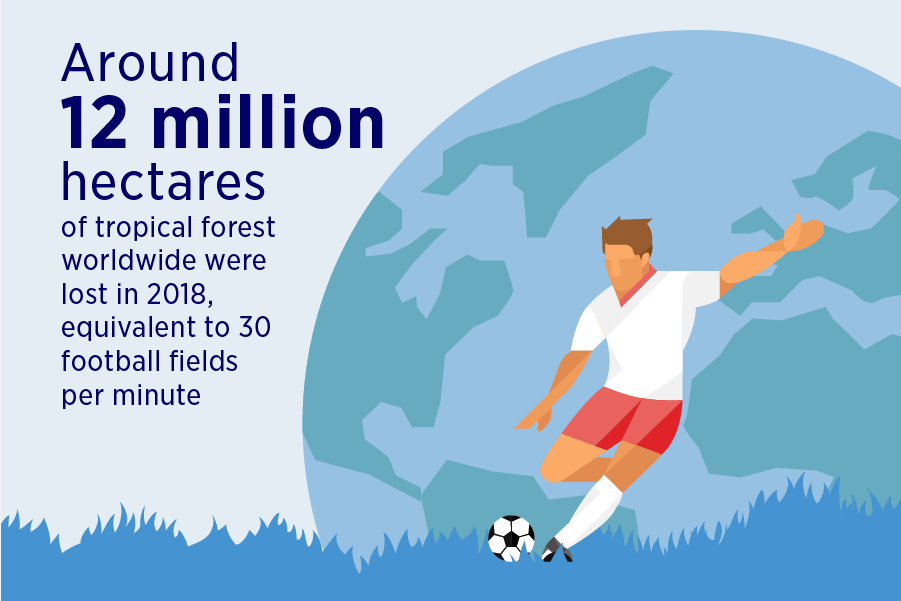
Chemicals
Chemicals companies are increasingly finding themselves in the firing line for the dramatic loss of flying insects in recent years – a loss of up to 75% since the 1940s. Critics, backed by multiple studies, argue that a toxic combination of chemicals in the air, water and soil is making our environment hostile to insect life. Besides the direct effect of this (as seen in the section on Food, above), there is a second derivative threat to humans through insects – on fertility.
The renowned investor Jeremy Grantham, founder of GMO, wrote recently: “The chemical stew is creating a world that is toxic not just to flying insects but to humans also, and very probably through cascading effects to the majority of life forms.”
Arguing that the ubiquity of chemicals in the environment is linked directly to declining fertility levels, he added: “The bottom line is this: either edocrine disrupting chemicals will go out of business or we will.”
Finance
The potential negative impacts of biodiversity loss on such a wide range of sectors inevitably exposes financial institutions to higher risk. Biodiverse biomes, such as mangroves and wetlands, can significantly reduce the impact and likelihood of natural disasters. Protecting them means less infrastructure damage will be caused by severe storms and sea level rise, reducing insurance and investment risks in these areas.
Financing natural infrastructure faces a number of barriers, such as scale, revenue generation and understanding risk-adjusted returns, but there are opportunities too in public-private partnerships, tax incentives and other policy frameworks that are good for ecosystems and good for business too. In particular the insurance industry has been advancing natural infrastructure through projects and partnerships. Zurich Insurance Group and the Zurich Foundation have partnered with the Global Resilience Partnership to address resilience of flood prone communities in the Sahel, the Horn of Africa, and South and Southeast Asia.
Such strategic partnerships between insurance companies and NGOs can be critical for advancing the understanding of the risk reduction benefits of Natural Infrastructure (NI). Insurance companies can encourage further investment in this area by producing rigorous, industry standard quantification of NI’s risk reduction benefits.
Another significant area of risk lies in reputational and market risks. The global public outrage at plastic pollution in the oceans has had a marked impact on the buying and investment habits of large swathes of the population.
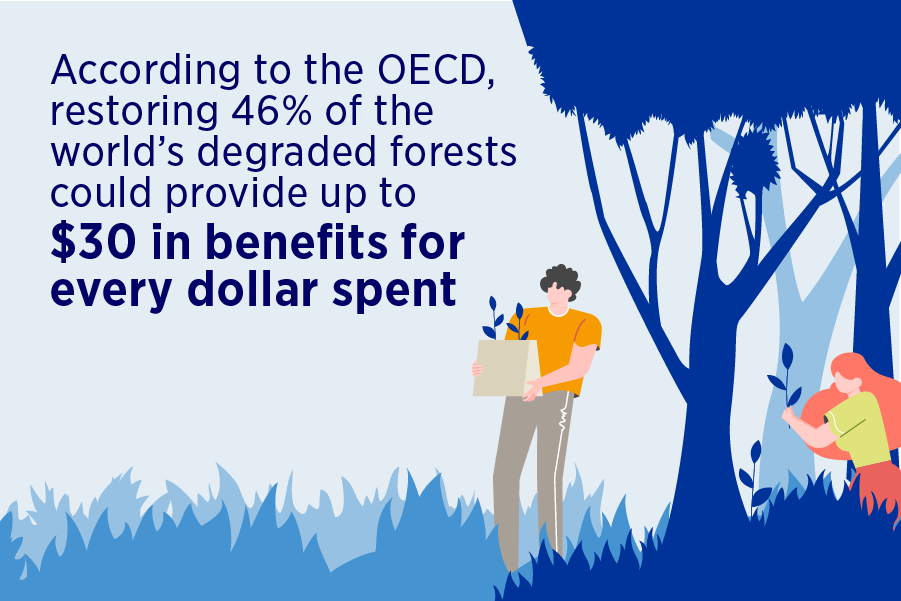
If, in the not too distant future, companies are held legally liable for their part in biodiversity loss, it could have the same sort of commercial impact we have seen in the past with massive oil spills.
Next steps
So what can businesses do to stop the rot? Sitting on their hands is not an option and no insurance policy on earth can cover you against a mass extinction. A good start is to understand the impact of your business on biodiversity, in your operations and in your supply chains. Databases are now available that can help businesses with this task such and the IUCN Red List of Threatened Species, the World Database on Protected Areas, and the World database of Key Biodiversity Areas1.
This is why the Global Risks Report, produced in collaboration with Zurich, serves as a clarion call to action. This begins with a comprehensive assessment of how each and every organization, supply chain and individual contributes to biodiversity loss.
Armed with the facts, companies can take action to change their ways – and fast. The window of opportunity to halt this crisis is rapidly narrowing.



